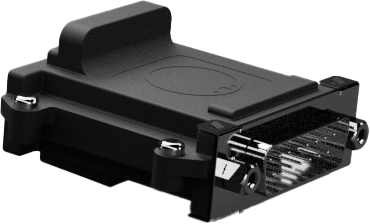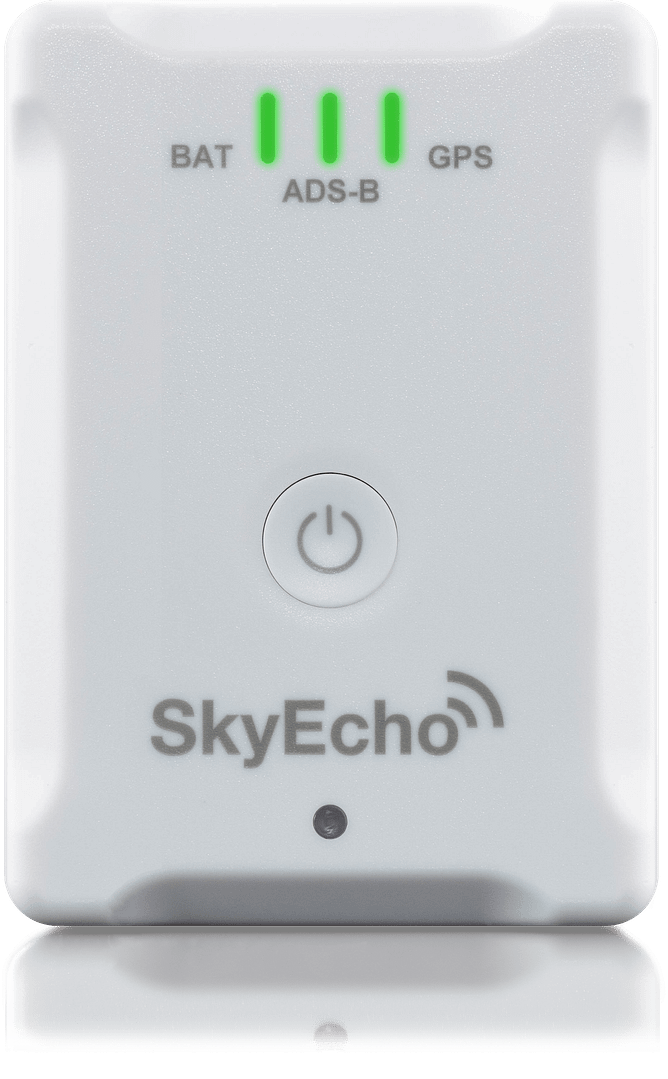
SkyEcho
Electronic Conspicuity
SkyEcho is a portable ADS-B IN/OUT transceiver consistent with the UK, Australian and New Zealand Electronic Conspicuity standards. SkyEcho enables you to SEE and BE SEEN by transmitting your aircraft position, altitude, course, and speed to surrounding aircraft, and receiving ADS-B and FLARM data for display in your Electronic Flight Bag.

ADS-B IN/OUT with FLARM Capability
SkyEcho includes a dual-band ADS-B receiver to receive position reports from other ADS-B equipped aircraft. In the UK and Europe, users can enable a FLARM receiver for display of FLARM equipped aircraft as well. Use your favorite EFB application, including ForeFlight Mobile, SkyDemon, EasyVFR, AirMate, OzRunways, AvPlan, and Sky-Map.
See and Be Seen
UK CAA CAP 1391 and Australia CASA Civil Aviation Order 20.18 Amendment allows light aircraft, gliders, and balloons to see and be seen by other aircraft without equipping with a traditional transponder.



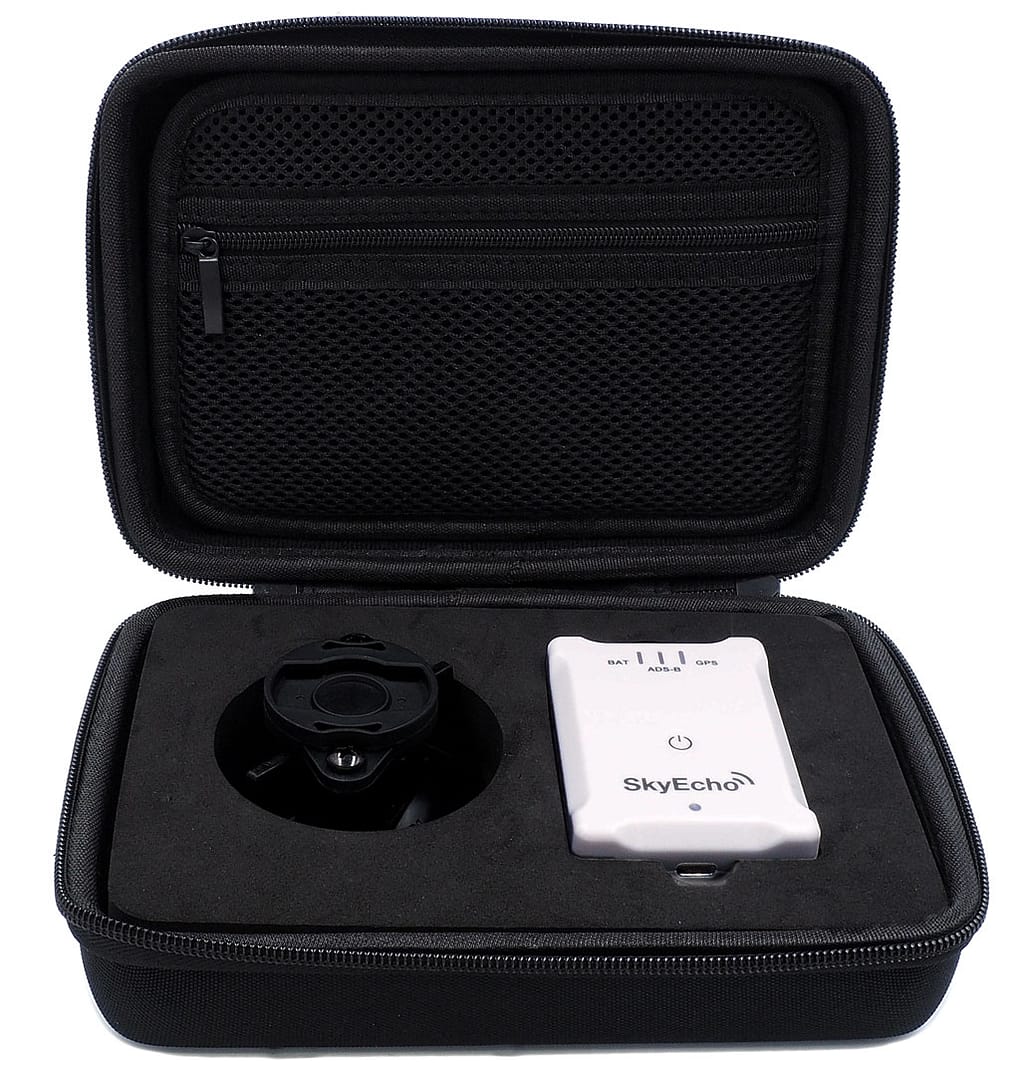

Portable ADS-B
SkyEcho is a portable ADS-B receive and transmit solution. With 20W transmit power, your 1090MHz ADS-B signal can be received up to 40NM away. Transmit functionality can be enabled or disabled depending on your flight location. The ADS-B receiver capability includes both 1090MHz and 978MHz UAT. Portable ADS-B transmit capability is currently only approved for use in the United Kingdom, Australia, and New Zealand.
FLARM Reception Capability
Receive FLARM in the UK/EU* natively with SkyEcho. When selected by the user, the UAT radio in SkyEcho can be used as a FLARM receiver. FLARM traffic data is transmitted to participating EFB applications for display of FLARM traffic. SkyEcho will translate the FLARM data onto your compatible EFB along with the ADS-B traffic.
*FLARM functionality not applicable to Australia
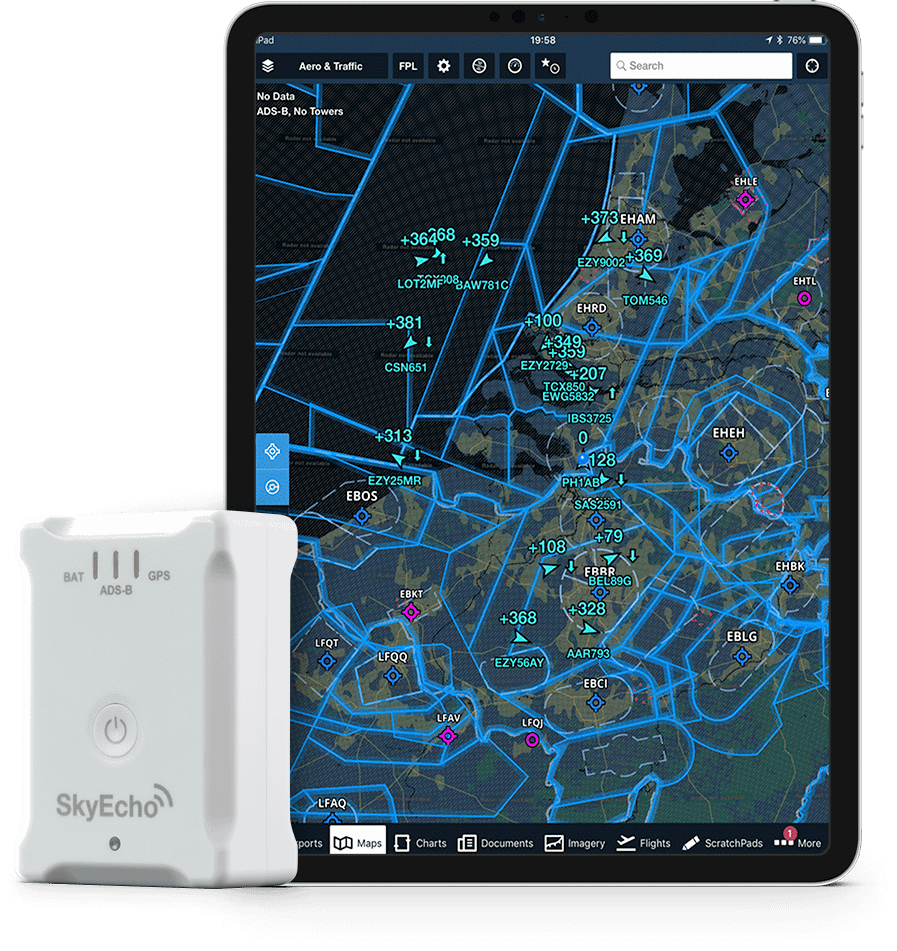

Aviation Certified GPS
SkyEcho includes a TSO-C199 GPS transmitting a Source Integrity Level (SIL) value of 1. SIL values of one (1) enable certified avionics, TCAS, and ATC to process and display your aircraft position. Aircraft using uncertified sources transmitting SIL of zero (0) are typically discarded and not displayed by the avionics or ATC displays. The high-integrity, SBAS GPS with Fault Detection and Exclusion (FDE) also provides position data to the EFB application and correlates your position with received traffic for viewing on supported displays.
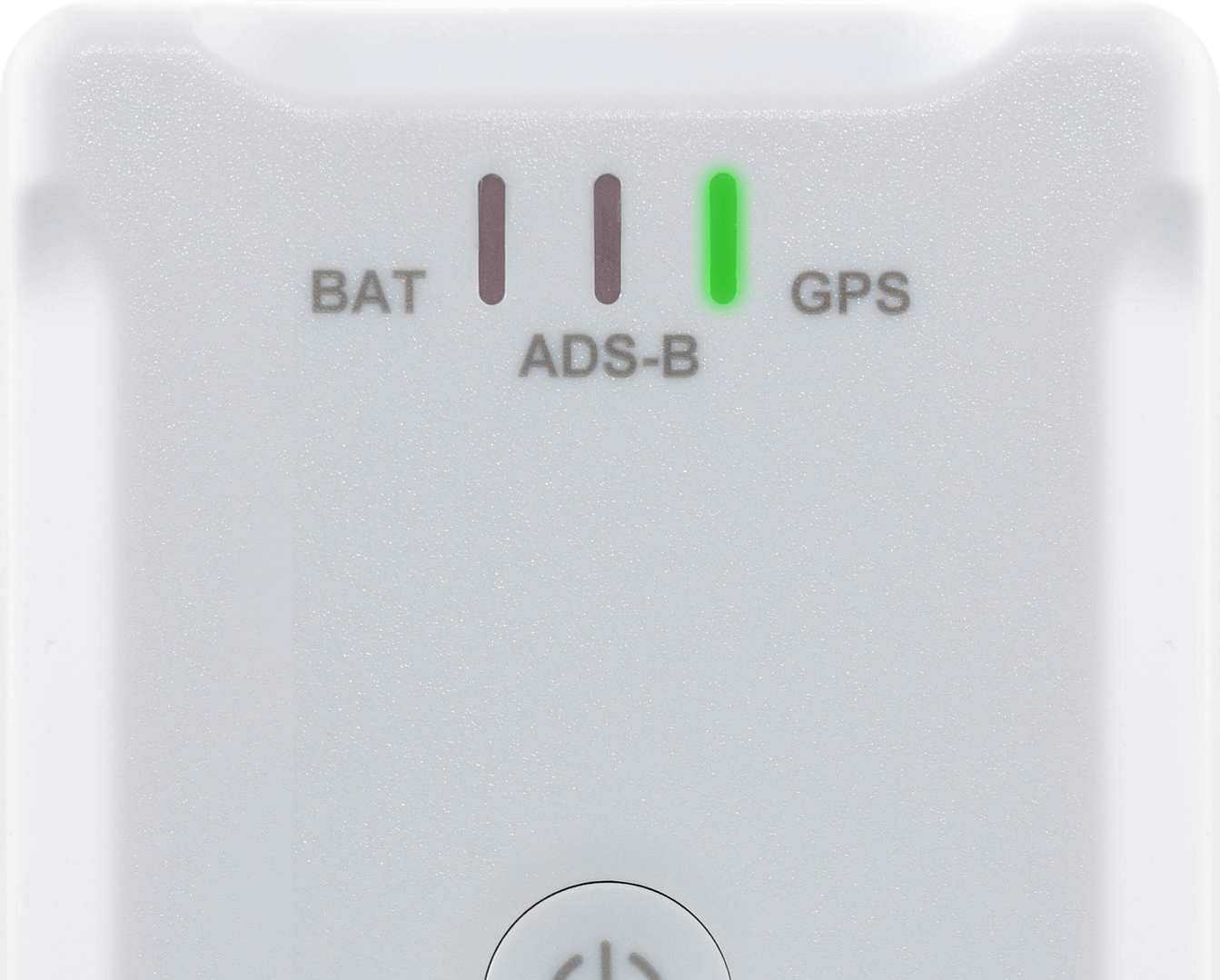
Integrated Altimeter
SkyEcho includes an integrated baro altimeter. The altimeter correlates cabin pressure altitude to altitudes of nearby traffic to give you more accurate relative altitude alerts.
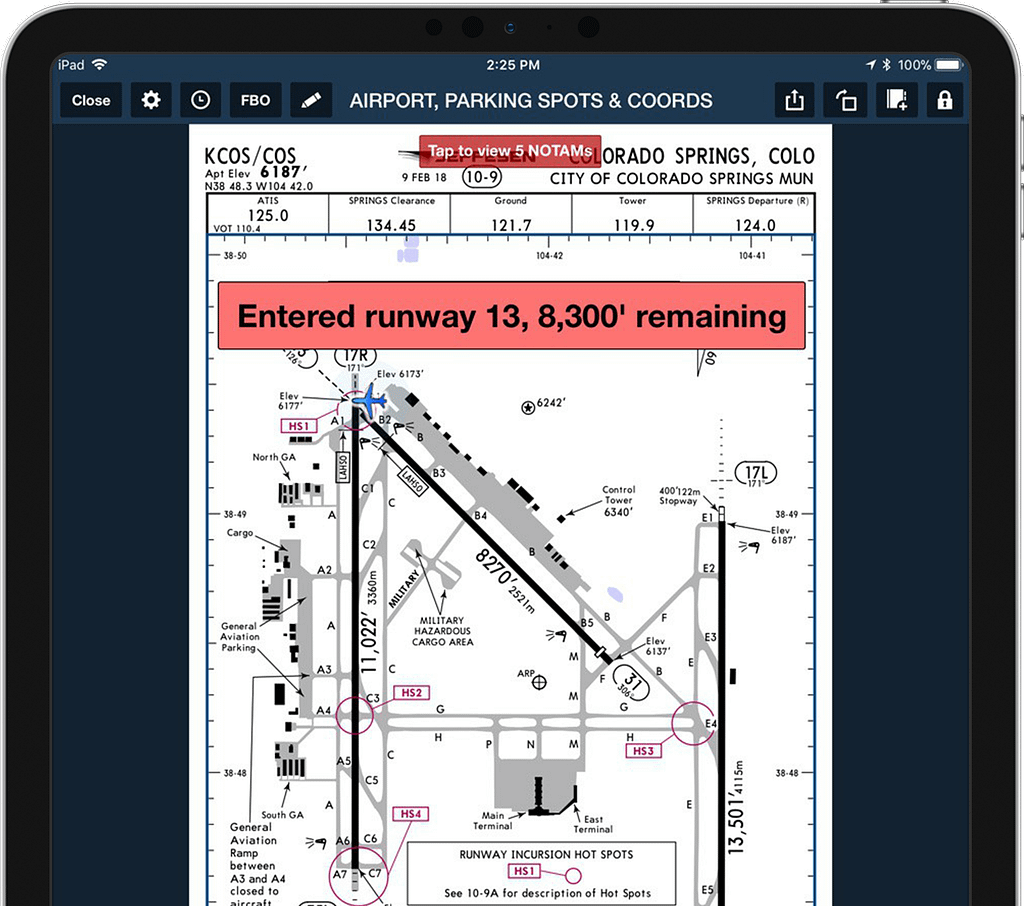

No Clutter Cockpit
The integrated SkyEcho battery removes cords and clutter from the cockpit and has enough capacity for up to 12 hours of flight time with the transmit function enabled.
Connect wirelessly to SkyEcho and receive live traffic on your GDL90 compatible EFB or EFIS for up to 4 devices simultaneously.

Find a SkyEcho Reseller
SkyEcho is NOT approved for use in the United States.
For U.S. applications, see Sentry by ForeFlight
The following required statement from the Federal Communications Commission (FCC) applies to United States based entities with the exception of direct sales to the U.S. Government and units directly exported by uAvionix:
This device has not been authorized as required by the rules of the Federal Communications Commission. This device is not, and may not be, offered for sale or lease, or sold or leased, until authorization is obtained.


